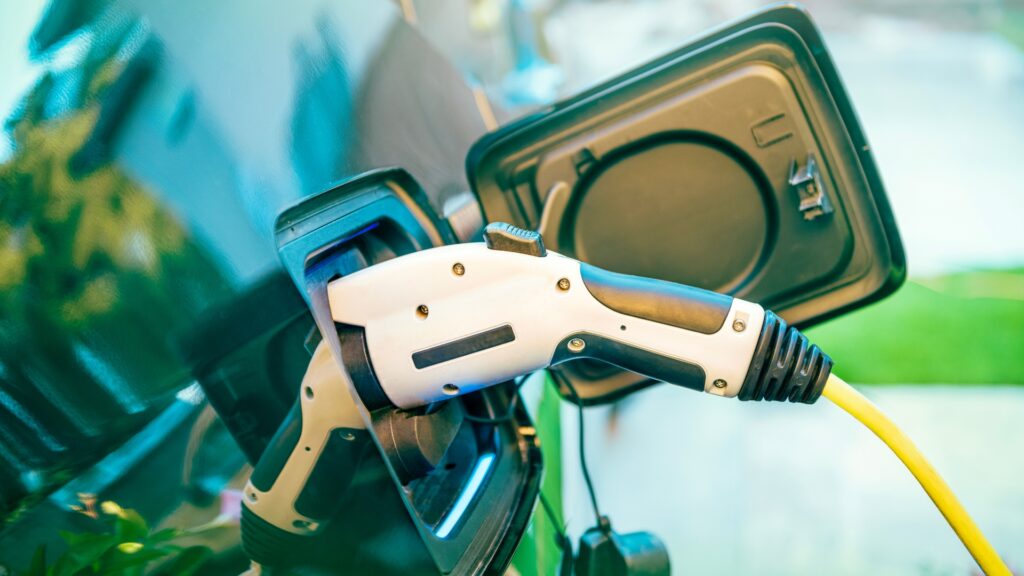In the race against climate change, automotive innovations are steering the industry towards a greener horizon. From electric vehicles to sustainable fuel technologies, the automotive sector is revving up its efforts to reduce carbon footprints and drive towards a more sustainable future. As a passionate advocate for environmental conservation, I’m excited to delve into the groundbreaking solutions that car manufacturers are rolling out to combat the pressing challenges of climate change.
In this article, I’ll explore how cutting-edge technologies and forward-thinking designs are reshaping the automotive landscape to align with eco-friendly practices. As we navigate the road towards a more sustainable tomorrow, these innovative solutions are not only transforming the way we drive but also paving the way for a cleaner, greener planet. Join me on this journey as we uncover the driving forces behind automotive innovations aimed at combating climate change.
Evolution of Automotive Innovations
Exploring the evolution of automotive innovations reveals a significant shift towards eco-friendly practices in the industry.
- Early Developments in Eco-Friendly Vehicles
In the initial stages, eco-friendly vehicles focused on improving fuel efficiency and reducing emissions through technologies such as catalytic converters and hybrid engines. - Advancements in the Last Decade
Over the last decade, advancements in automotive innovations have accelerated the adoption of electric vehicles, hydrogen fuel cells, and sustainable materials in car manufacturing, marking a transformative period in the quest for sustainable transportation solutions.
Key Automotive Technologies Fighting Climate Change
Electric Vehicles and Their Impact
Electric vehicles represent a significant advancement in combating climate change by offering a cleaner alternative to traditional gasoline-powered cars. They operate on electricity stored in rechargeable batteries, producing zero tailpipe emissions during operation. This technology significantly reduces greenhouse gas emissions and air pollution, contributing to a healthier environment.
Hydrogen Fuel Cells: Prospects and Challenges
Hydrogen fuel cells show promise in the automotive industry as a clean energy source, emitting only water vapor and heat as byproducts. These cells convert hydrogen gas into electricity to power the vehicle, offering a zero-emission solution. However, challenges such as infrastructure development for hydrogen refueling stations and high production costs hinder mass adoption of this technology.
Hybrid Technologies: Combining Best of Two Worlds
Hybrid vehicles combine the benefits of traditional internal combustion engines with electric propulsion systems, enhancing fuel efficiency and reducing emissions. They utilize a blend of gasoline or diesel engines with electric motors, allowing for improved mileage and lower environmental impact. This technology serves as a vital bridge in the transition to fully electric vehicles, providing a balance between efficiency and sustainability.
Role of Policy and Global Regulations
Government incentives play a crucial role in driving the adoption of green vehicles. These incentives, such as tax credits, rebates, and subsidies, encourage consumers to choose eco-friendly options, contributing to a reduction in carbon emissions and a shift towards sustainable transportation solutions.
When it comes to emission standards, they have a significant impact on auto manufacturing practices. Stricter regulations push automakers to develop cleaner technologies and improve fuel efficiency in their vehicles. By setting stringent emission standards, governments worldwide compel the automotive industry to prioritize environmentally friendly innovations, leading to a more sustainable future for transportation.
Future Trends and Predictions in Automotive Innovations
As we look ahead to the future of automotive innovations, several trends and predictions are shaping the industry, particularly in the realm of combatting climate change. Let’s delve into two key areas where advancements are anticipated.
Autonomous Vehicles and Environmental Sustainability
I envision a future where autonomous vehicles play a significant role in promoting environmental sustainability. By optimizing routes, minimizing idling time, and reducing the overall number of cars on the road through ride-sharing services, autonomous vehicles have the potential to curb greenhouse gas emissions and enhance energy efficiency. The integration of AI-driven systems in self-driving cars can lead to more eco-conscious driving behaviors, further contributing to a greener transportation landscape.
Integrating Renewable Energy with Automotive Technology
In the upcoming years, the integration of renewable energy sources with automotive technology is poised to revolutionize the way vehicles operate. Innovations like solar panels on car roofs, regenerative braking systems, and energy-storing body panels are paving the way for sustainable energy usage in transportation. By harnessing solar, kinetic, and other renewable energy sources, vehicles can minimize reliance on traditional fossil fuels and reduce their carbon footprint. The synergy between renewable energy and automotive technology holds promise for a cleaner and more efficient driving experience.




